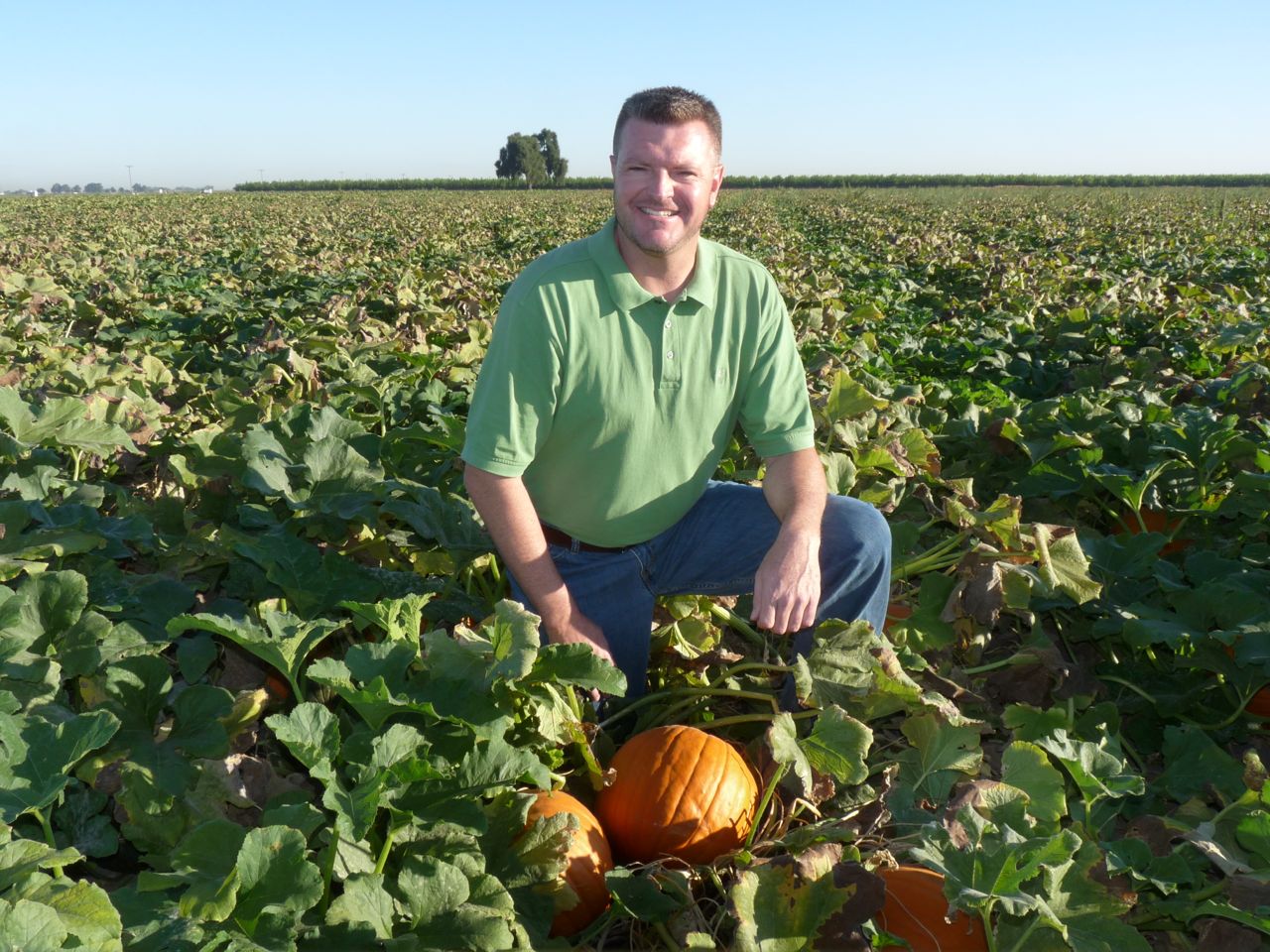Ag Leaders Discuss AB 1066 Consequences
Ag Leaders on AB 1066 Consequences
By Patrick Cavanaugh, Farm News Director and Brian German, Associate Broadcaster
California ag leaders hoped that Governor Brown would see how the AB 1066 overtime bill would actually hurt farmworkers and veto it. Now that the Governor has signed it, the following ag leaders weigh in on AB 1066 consequences: Norm Groot, executive director of the Monterey County Farm Bureau; Bryan Van Groningen, field manager for Van Groningen & Sons Farms; and Anthony Raimondo, a Fresno-based attorney who has been representing farmers and farm labor contractors for over 15 years, among them.
Norm Groot
Norm Groot anticipated, “The end result of AB 1066 is a big move to mechanized harvesting, which probably means a change in some of the crops that we’re growing here simply because currently we can’t harvest lettuce or strawberries or some of the other vegetable crops by mechanized means. Lawmakers are forcing the hand of the growers to move into crops that are less labor intensive and thus, save the [labor] cost,” said Groot.
Groot noted the inaccurate AB 1066 assumption—that an increase in overtime hours and pay will result from its passage. “We will probably see their hours cut back to the eight hours a day and forty hours per week,” he explained, as stipulated in the law. “Growers will adjust their planning schedules to the amount of laborers that they think they have available for harvest. It’s not an automatic given that we’re going to see all these paychecks increase, simply because we’re putting overtime at more than eight hours a day or after forty hours a week,” Groot said.
Groot added that farmworkers are not in favor of losing 33% of their income at this point. “I think overall, the unions have been supportive of this particular change, but the unions do not represent the majority of the laborers or field workers at this point,” he said.
“I think if you were to ask the average field worker whether he wants to work ten hours a day and sixty hours a week, he would probably say yes. Field workers want that income. They know they work in a seasonal business; they have to earn their income when they can,” he explained.
Bryan Van Groningen
“Our farmworkers, our employees, love to put in the extra hours because this is the time that they’re making wages. Our company is accustomed to paying overtime if that’s what it requires,” said Van Groningen, “and the majority of our workers are already satisfied with the existing compensation structure.”
But Van Groningen noted the problem lies in what is considered overtime. With a shorter workday, overtime compensation rates will kick in much earlier than in the past, which will end up being a tremendous cost to the employer. “That’s going to cause our farm to mechanize a little bit more to try to get through the harvest more bit quickly because [the cost] is going to become too big of a burden,” he said.
Growers want to help their employees as best they can, but Van Groningen predicts reduced hours may become a necessity. “It’s just smart business. We don’t want to cut hours, but if we’re forced to because our bottom line is starting to become an issue, that’s what we’ll have to seriously consider,” he said.
Anthony Raimondo
Anthony Raimondo foresaw the effects of AB 1066 could put California at a disadvantage in the global marketplace. “At the very least,” Raimondo said, “employers will be forced to evaluate where they can cut production costs.”
“The increased overtime in some industries is going to drive automation,” said Raimondo. “So you are going to lose jobs because now it’s worth it for people to do the research and development to have more automation, more machine-harvested crops and less labor.”
Raimondo also expects some employers to add more H-2A temporary agricultural guest workers to make sure hours stay low enough to prevent their costs from increasing. “In the end, this is really going to cost farmworkers in terms of their real wages and it creates a massive economic disadvantage for California’s agricultural industry,” he said.
Policies like AB 1066 become increasingly problematic as the global agricultural industry continues to become more competitive. “Increasingly, agriculture has become a global marketplace in which we compete against countries that do not maintain the same labor standards nor the same environmental standards that we maintain, so our agricultural industry continues to remain at an economic disadvantage with the rest of the world,” noted Raimondo.
Featured photo: Norm Groot, Monterey County Farm Bureau executive director














